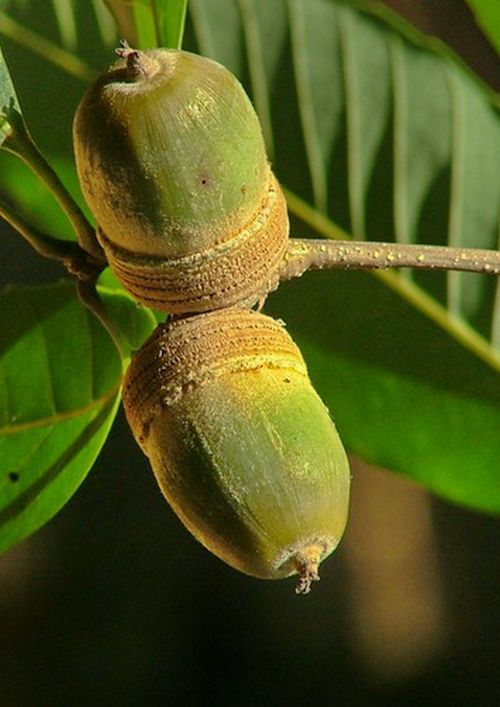Gene flow pattern and mating system in a small population of Quercus semiserrata Roxb. (Fagaceae)

ABSTRACT:- Pollen flow from external sources is important for the conservation of tree species in fragmented forests or small populations, because it prevents differentiation among them and loss of genetic diversity through genetic drift. In this study, we examined the genetic heterogeneity of pollen pools accepted by each Quercus semiserrata seed parent at the Khun Wang Royal Agriculture Research Center, Thailand, both within and among two mast fruiting years (2005 and 2007), using paternity analysis and analysis of molecular variance (AMOVA). The mating systems of the trees were also examined, using the multilocus mating system model (MLTR), after determining the genotypes at eight microsatellite loci of 26 seed-trees and 435 seeds from 8 seed-trees in the 2 mast fruiting years. The average distance of effective pollen flow within the plot was estimated to be 52.4 m, and 95% of effective pollen was dispersed within 200 m, indicating that effective pollen flow is highly localized and that most effective pollen is contributed by near-neighbor trees. The proportion of effective pollen that immigrated from external sources was estimated to be 26.2%.
The AMOVA analysis based on the pollen haplotypes showed that the pollen pools, both total and for each reproductive year, significantly genetically differed among the seed parents. Using a mixed mating model, biparental inbreeding for the total population (tm-ts) was was estimated as 0.013, indicating that a low proportion of mating occurred among close relatives. The effective number of pollen donors (Nep) was estimated to be 9.987 using the TwoGener model, or 10.989 using the mixed mating model. The effective number of pollen donors of seeds was higher in the mast fruiting year 2005 than in the other examined year, 2007. Consequently the allelic richness and genetic diversity of seeds produced in 2005 were higher than those produced in 2007.
Overall, the results show that high outcrossing rates, high levels of gene flow from other populations and heterogeneity in the pollen received by an individual all enhance the ability of populations to maintain effective population sizes. Therefore, these processes may be sufficient to prevent loss of genetic diversity through genetic drift of Q. semiserrata at this study site.
